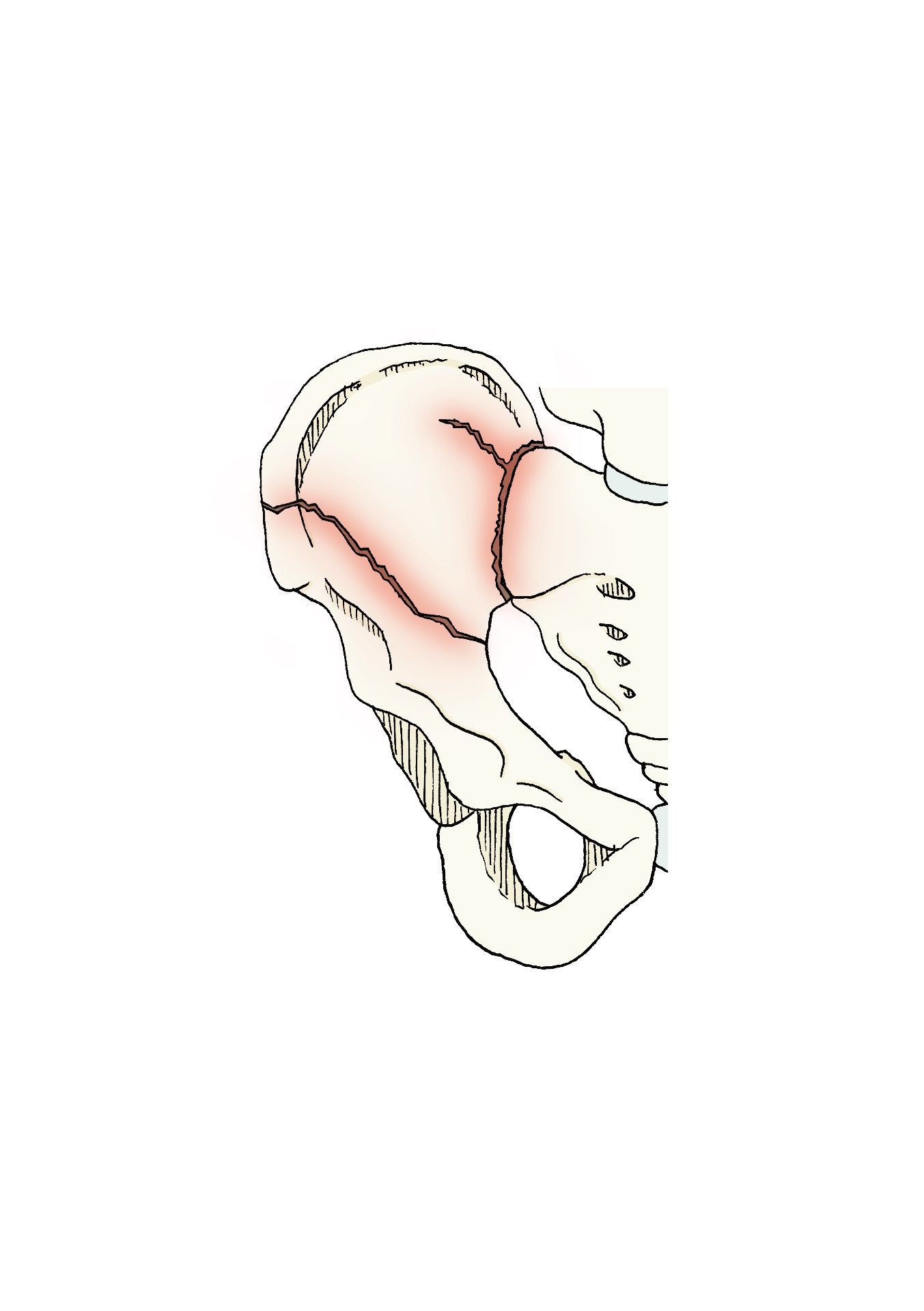Fractures of the acetabulum and pelvic ring are injuries associated with high-energy trauma and derive from road traffic accidents, pedestrian collisions, falls from great heights or accidents at work. They are rare fractures, much less frequent than proximal femur fractures and are usually associated with other associated injuries that need immediate treatment, as such they are most often seen in a medical emergency setting. In older patients, small falls from their own height may lead to acetabular or hip injuries in more fragile bones with osteoporosis.
Acetabular and pelvic ring fracture
The most frequent causes are traumatic. Injuries are caused by road accidents, being run over by cars, falls from great heights or work accidents (construction, industrial or factory). In older patients, simple falls from height can lead to injuries of the acetabulum and pelvic ring.
Clinically there is pain and functional impotence of the injured limb. Most patients are transported to the emergency department of a hospital by ambulance. There may be limb shortening, limb deformity, hip asymmetry, associated orthopaedic injuries or pelvic/abdominal organ damage. They can be associated with cranial, brain, thoracic and spinal trauma.
The exams necessary for the correct diagnosis of the injury are: series of X-rays to study the hip and pelvis (X-rays in certain positions) as well as computerized tomography.
They can occur in isolation or together. Pelvic fractures are known as pelvic fractures and they occur in one of the 3 components of the pelvis: ilium, ischium or pubis and acetabulum fractures are articular fractures that as the name indicates involve the acetabular cavity, one of the parts of the hip joint.
Pelvic fractures are one of the few emergencies in Orthopaedics since, depending on their severity, they may lead to major life-threatening pelvic haemorrhage. In their initial assessment it is very important to detect this severity as it is decisive in their treatment. The most important factor is fracture instability (a concept that has to do with the injury mechanism, type and location of the injury). Type B fractures (horizontal instability – for example “open-book” – anterior opening of the symphysis pubis) and Type C (vertical instability) should be treated immediately, and most of them undergo surgery (osteosynthesis) when the patient is stabilized and not at risk of life. Many times, hip fractures are accompanied by lumbosacral fractures, so their treatment must be multidisciplinary between the Hip and Basin team and the Spine team.
As regards acetabular fractures, their classification is much more complex and may be divided into elementary fractures (of the walls, columns or acetabular fundus) or associated fractures (which combine 2 types of elementary fractures). Apart from the type of fracture, there are other factors to be taken into consideration when treating it. Surgical indication is for unstable fractures (subluxation or dislocation of the hip) or with a large involvement of the posterior wall (> 25%), loss of congruence of the joint (femoral head does not fit perfectly with the acetabulum), acetabular roof fractures more than 2 mm apart (important load area of the joint) and the presence of bone fragments inside the joint.
Early identification and accurate characterization of this type of fracture is decisive for its treatment and prognosis. The late or incorrect treatment of these injuries brings with it a high percentage of complications and morbidity.


